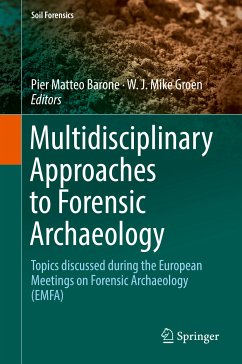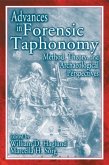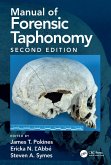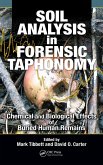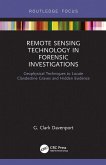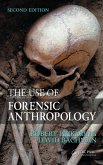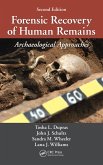This book will present the most advanced researches on forensic archaeology presented during the annual European meetings in the last 3 years. Thanks to the broad nature of the chapters presented, this book will show not only different approaches and different crime scenes around Europe, but also how every single European law enforcement has faced forensic investigations.
This book shows forensic archaeology as practiced in this legal context, emerging and solidifying in many European countries, differing in some respects because of differences in legal systems but ultimately sharing common grounds. Differently from similar books, this will be not only a collection of researches and case studies in which forensic practitioners demonstrate the extent and complexity of the various aspects of forensic archaeology, but also it will show the necessity of co-operation as a condition for any work in forensic archaeology among scientists of different disciplines and lawenforcers.
Dieser Download kann aus rechtlichen Gründen nur mit Rechnungsadresse in A, B, BG, CY, CZ, D, DK, EW, E, FIN, F, GR, HR, H, IRL, I, LT, L, LR, M, NL, PL, P, R, S, SLO, SK ausgeliefert werden.
Es gelten unsere Allgemeinen Geschäftsbedingungen: www.buecher.de/agb
Impressum
www.buecher.de ist ein Internetauftritt der buecher.de internetstores GmbH
Geschäftsführung: Monica Sawhney | Roland Kölbl | Günter Hilger
Sitz der Gesellschaft: Batheyer Straße 115 - 117, 58099 Hagen
Postanschrift: Bürgermeister-Wegele-Str. 12, 86167 Augsburg
Amtsgericht Hagen HRB 13257
Steuernummer: 321/5800/1497
USt-IdNr: DE450055826
Bitte wählen Sie Ihr Anliegen aus.
Rechnungen
Retourenschein anfordern
Bestellstatus
Storno

